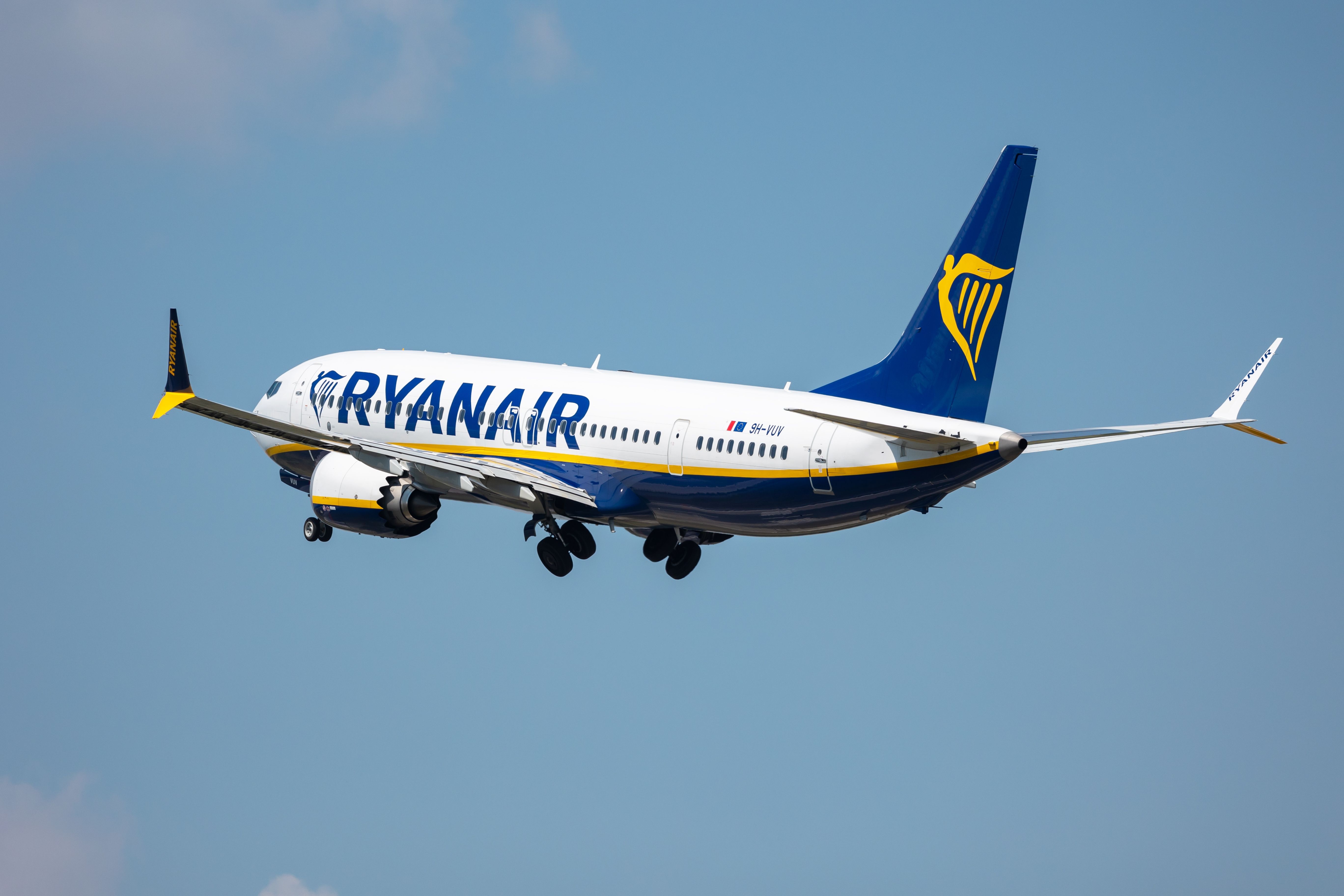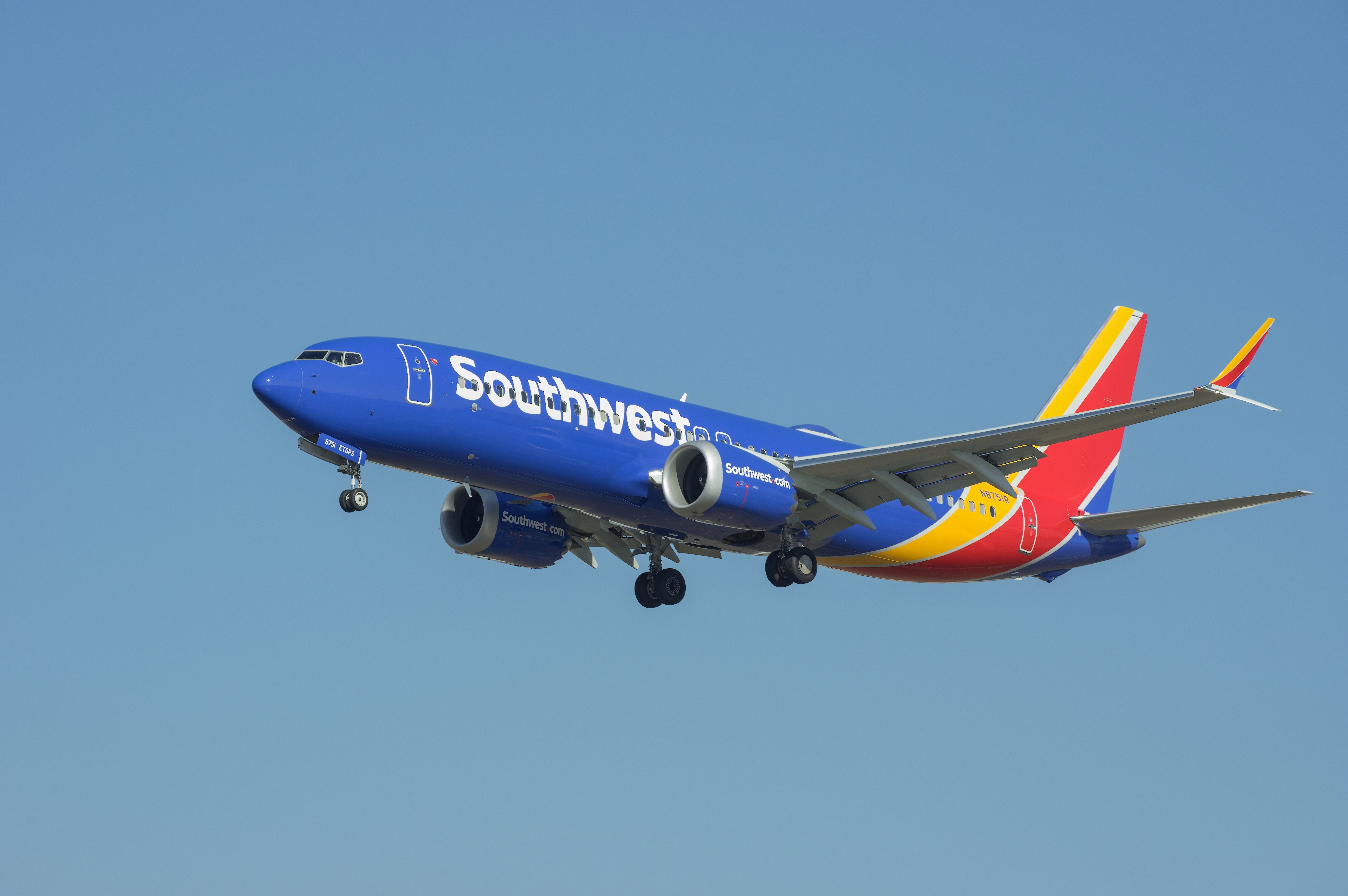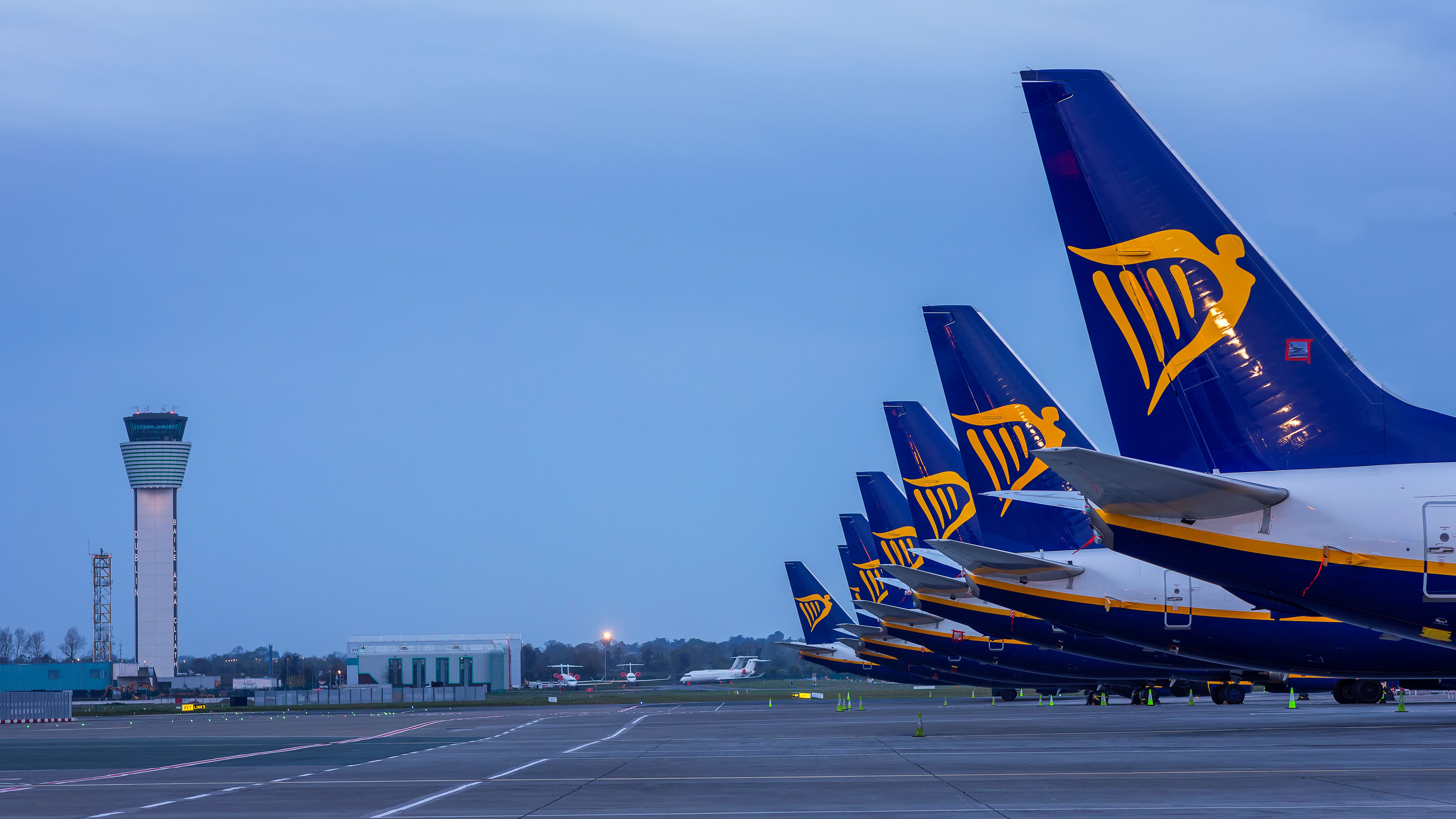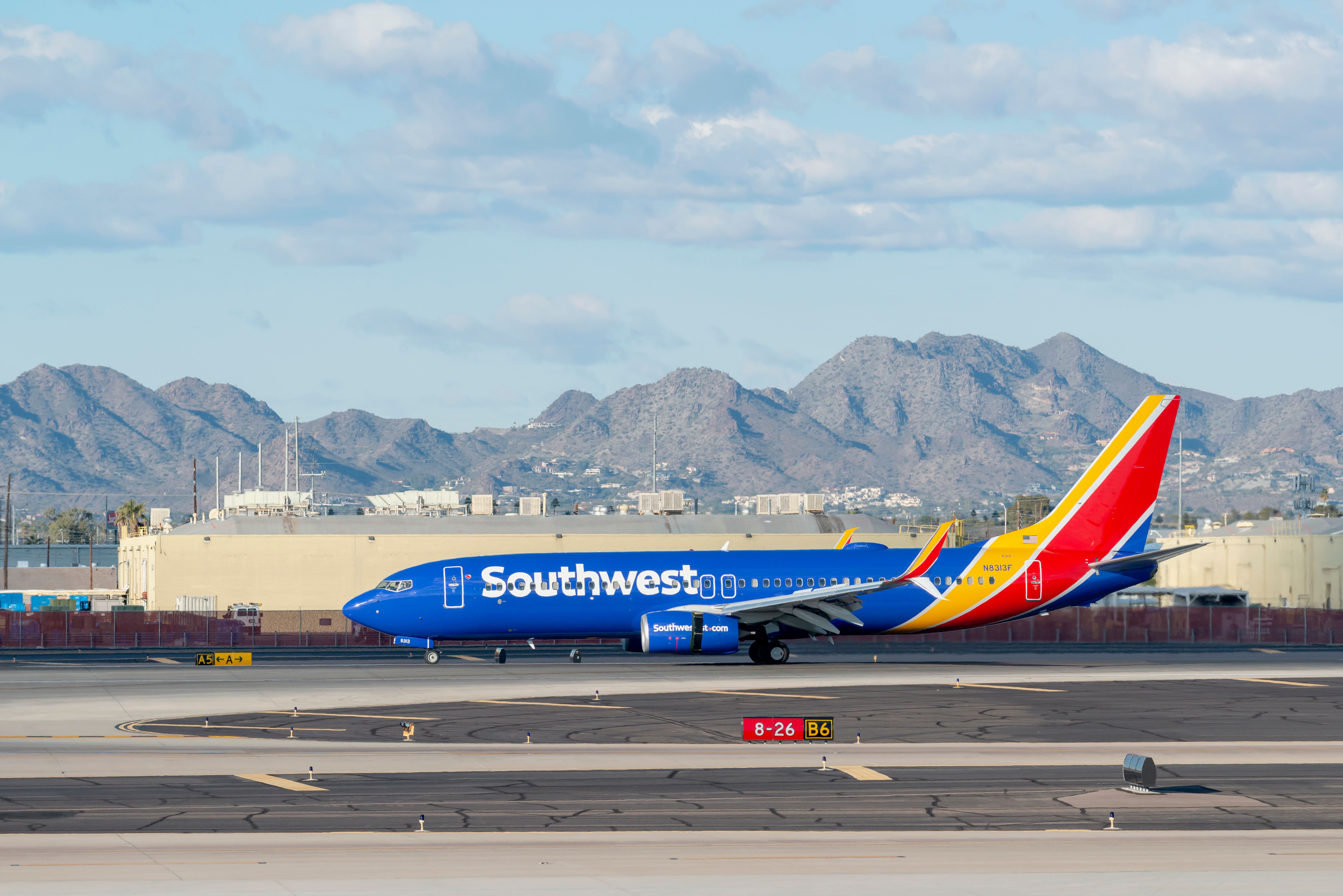Summary
- Southwest is the largest budget carrier by fleet size, with 810 Boeing 737s and 126.6 million passengers carried in 2022
- Ryanair is the largest low-cost carrier by passengers carried, with 563 aircraft and 160 million passengers flown last year.
- Ryanair offers unbeatable low prices, routinely selling seats for as low as $15, even after rising prices due to COVID.
- Southwest has moved away from rock-bottom fares but still offers competitive prices, usually charging just under full-service airlines.
When it comes to low-cost carriers (LCCs), Southwest and Ryanair are likely the names that come to mind depending on where you are. Built on the same no-frills, low fares, and single cabin philosophy, the two are very similar in some regards. However, if you have flown both carriers, there are some striking differences in their models, which we'll explore today.
Where do they stand
Southwest was the founder of the modern LCC model in 1971, and to this day, its playbook is followed globally. From a uniform fleet to using secondary airports and maximizing air time, Ryanair, easyJet, Frontier, IndiGo, and Lion Air are some of the names using the identical strategy in principle.
However, Southwest is the biggest budget carrier globally, boasting an impressive 810 Boeing 737s and 126.6 million passengers carried in 2022. Ryanair is a distant second by fleet size, with 563 aircraft at its disposal, but leapfrogged its American rival with 160 million passengers flown, 25% more. The two are close by numbers, that's for sure.
Prices and perks
For a consumer, price is everything with a low-cost carrier. Here, Ryanair is unbeatable, no matter how you dice it. The airline routinely sells seats for around $19 (£15/€17.5), after prices have risen from pre-COVID times! While the carrier relies heavily on dynamic pricing, it's not uncommon to see three-figure prices close to departure. On average, Ryanair is the cheapest option on any route serviced by a full-service carrier by a factor of around half or even more!
But something's got to give, right? Indeed, Ryanair's $19 ticket only gets you a seat and a small carry-on bag. For a large cabin bag, checked suitcase, food, drinks, priority boarding, seat selection, or any other services, you'll be shelling out extra and, at times, more than the ticket price. We'll look at this in more detail later.
Southwest has moved away from rock-bottom fares and toward a lower fares model. The airline is competitive on most of its routes, usually charging just under what "full-service" airlines like United, Alaska, or American do, but is beaten out by ultra-low-cost airlines like Spirit and Frontier. The difference in pricing is nowhere near Ryanair, but that's not been much of an issue.
Taking a hypothetical roundtrip from Chicago to Las Vegas, two of Southwest's major hubs, on a weekend in October demonstrates the pricing strategy. For the cheapest nonstop roundtrip, Southwest charges $388 and United $484, while Frontier only $252. This near-$100 difference is key to attracting customers but isn't always there, with the carrier's prices sometimes matching its rivals.
But don't expect a Ryanair experience. Southwest's cheapest fare includes two free checked bags, complimentary snacks, drinks, and free live TV and messaging over the inflight WiFi. For $100 more, United does not even let you take on a full-size carry-on, let alone a checked suitcase.
Fleet
While their pricing and perks may differ significantly, one area Ryanair and Southwest agree on is aircraft. Both rely on the Boeing 737 family as their workhorse of choice. As mentioned earlier, per Planespotters.net, Southwest currently has 810 737s, with 405 -700s, 207 -800s, and 198 MAX 8s.
Ryanair has several subsidiaries across Europe, but at the group level, it has 563 aircraft. This includes 28 A320s that were acquired with Lauda Europe and 535 737s, which operate a bulk of the network. Ryanair prefers the larger variants, with only one -700, 410 -800s, and 124 MAX 8s.
This fleet commonality is an essential factor in keeping costs low. The carriers only need one type of maintenance facility, one type rating for its pilots and crew, and passengers are treated to the same experience every time. There are, of course, minor differences, especially with Southwest upgrading aircraft, but it's hard to tell apart most flights. There's no business class either, just 3-3 economy all the way to the back, with extra legroom at the front and in the emergency exits.
Overall
It's hard to compare Ryanair and Southwest. In reality, the former is an ultra-low-cost airline and better comparable to Spirit or Frontier in the US. Meanwhile, the latter has carved out its own space in the market. After five decades in the sky, passengers prefer Southwest, enjoy the hassle-free experience of not worrying about bags or seat selection (if you're fast enough!), and know they're getting everything they paid for. The lower prices (at times) only draw passengers in further, pushing them to let go of perks like inflight entertainment for simplicity and great snacks.
Ryanair is all about the price. The airline is a winner for price-sensitive consumers, undercutting bigger airlines dramatically and democratizing travel. It can be frustrating to shell out extra for a carry-on, but you truly get what you paid for, and if you just want a quick getaway, it can be cheaper than a fancy dinner. Ryanair is all about ancillary revenue, and that's reflected in the price.
In a hyper-competitive European market, Ryanair has forced fares to come down across the board, while fares remain markedly in the US due to a reliance on air travel. Both airlines reflect their markets and have their distinct differences within the same model.
But whatever the duo are doing is working for them. Southwest clocked a net profit of $539mn for 2022, despite a disastrous Q4 that saw an operational meltdown, with numbers trending higher for this year too. Meanwhile, Ryanair was on fire, recording a €1.43 billion ($1.56bn) profit last year on the back of heavy traffic.
What do you think about Ryanair and Southwest? Let us know in the comments!





